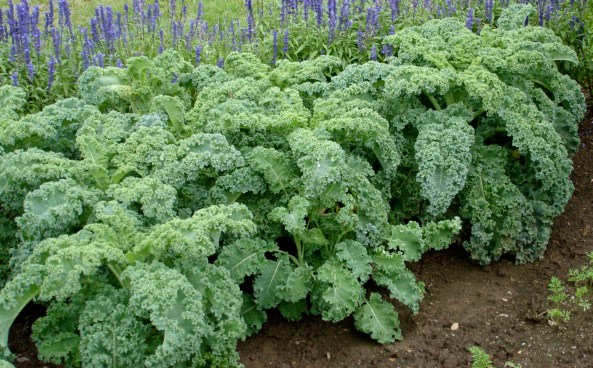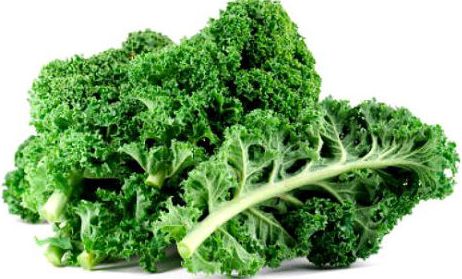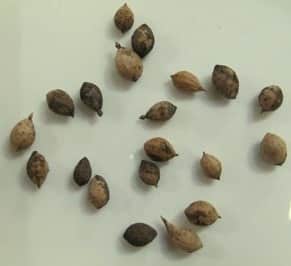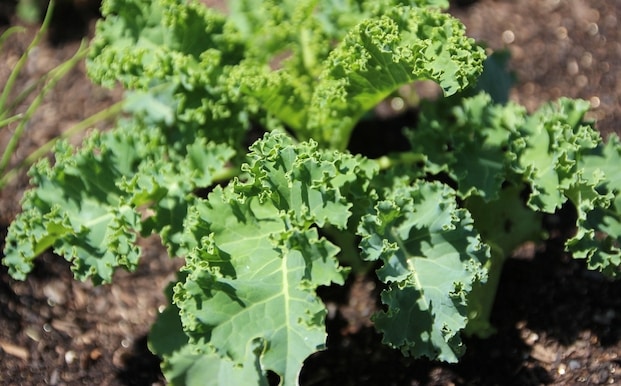A step by step guide to Kale cultivation, planting, care

Introduction of Kale:
Kale is a king of leafy vegetables, very close to wild cabbage and also called as “Cabbage’s cousin”. This leafy vegetable is a minor temperate vegetable which is introduced in the 19th century. Commercial cultivation of Kale leaves is limited in India. However, its demand for hotels is increasing day by day. This leaf belongs to the family of Brassicaceae” and genus of “Brassica”. Kale leaves possess excellent health benefits as well. Let us discuss its cultivation in detail.
Benefits and Uses of Kale:
The following are the health benefits of the Kale leaves.
- Kale is an excellent source of vitamin ‘C’ and ‘K’.
- Kale is loaded with powerful antioxidants.
- Kale lowers cholesterol, hence reducing the risk of heart disease.
- Kale has numerous cancer-fighting substances.
- Kale is very high in beta carotene.
- Kale is a good source of minerals as well.
- Kale helps in losing weight.
- Kale is among the most nutrient-dense foods on the earth.

Major Production States of Kale:
Jammu & Kashmir, Himachal Pradesh, Punjab, Uttar Pradesh, Haryana, and Niligiri hills.
Climate Requirement for Growing Kale:
This is the hardiest crop which can withstand cold as low as -10°C to -15°C. Basically, this leafy vegetable prefers temperate climate and can be cultivated in the areas having cold winters as well.
Soil Requirement for Kale Plantation:
This crop prefers well-drained sandy loam soil with good organic matter. It can be grown on a wide range of soils having good drainage conditions. This hardy crop tolerates salts in the soils. The ideal soil pH of 5.5 to 6.5 (slightly acidic) will result in good yield.
Varieties of Kale:
Basically, there are 3 main varieties, dwarf (below 40 cm), medium (40 to 80 cm) and tall (above 80 cm). Tall variety sheds the leaves early and has less production. Main dwarf type varieties are dwarf green curled scotch, dwarf moss curled, moss curled and hamburger market (medium to tall). Karam saag (medium tall) is one of the popular varieties mostly cultivated in Jammu & Kashmir. Siberian and Scottish are best suited for growing in temperate regions.
You should not miss the Natural Pesticides Preparation.
Propagation in Kale Cultivation:
The most common way of propagation is by seeds. Seeds should be sown in nursery beds to raise the seedlings and transplanted in the main field.

Land Preparation, Planting in Kale Cultivation:
Land should be prepared until it attains fine tilth stage by giving a couple of deep ploughings which also helps in removing any weeds from the field. In poor soils, supplementing with well rotten farmyard manure will increase the soil fertility hence the good yield.
An average seed rate of 400 to 450 grams is sufficient for 1-hectare land. August to October is best planting time in north India whereas August to September is the best time for Himachal, Kashmir and Nilgiri regions. Nursery raised seedling of 5 to 6 weeks age should be transplanted in the mainland at a spacing of 45 cm x 30 cm. For late planting, spacing can be reduced.
Weed Control of Kale Plants:
Weed control is essential in Kale farming. Regular shallow hoeing and weeding should be carried out to make the crop weed-free. 3 to 4 hoeings and weedings are sufficient and once the leaves cover the soil, there is no need for hoeing.
Irrigation Requirement of Kale Crop:
First irrigation should be given immediately after transplanting in the field. Provide subsequent irrigations at 3 weeks interval.
You may also check Zero Tillage Farming Advantages.
Manures and Fertilizers for Kale Production:
Supplement the field with 25 tonnes of farmyard manure (FMY)/hectare at the time of land preparation. Chemical fertilizers of P & K of 75 kg/ha (full dose) should be applied whereas ‘N’ of 150 kg/ha should be applied in equal split doses, one dose at planting time, one dose after 1 month of planting and final dose 3 weeks before first harvesting.
Pests and Diseases of Kale and Control Methods:
Aphids, Flea beetles, Whiteflies and Caterpillars are the main pests found in the Kale crop. Keeping the field clean and weed-free and applying neem oil will be the best solution to control these pests. Selection of healthy seeds and disease-resistant seeds will be a good idea for having less disease.
Harvesting Process of Kale:
In Kale leaves cultivation, harvesting starts from November and continues up to January. For better quality, it should be harvested at the right vegetative stage. Harvested leaves should be bundled, packed and marketed.

The yield of Kale per Hectare:
This crop yields on an average 100 to 200 quintals/ha depending on the variety and farm management practices.
You may also like Growing Beetroot Hydroponically.
Hi,
I have 5 acres of agricultural land near Chennai. I was looking grow high end Kale. Is there a consultant for this?
Also looking to set up a 50 acre farm.I need a consultant.
Regards
Ragha
We are collecting horticultural/agricultural/livestock training/consulting services in India. We update the same soon. Please check back the site for this update.
Hello Sir,
I need fresh curly Kale leaves, is it available with you. if so than please let me know how to to buy.
Thank you
It’s so interesting to study Kale ,as aleafy vegetable crop ,but then how to write aproject report on vegetables more so Kale
Kale is so interesting crop and very good according to my analysis, because it offers awide range health benefits to humans meaning it saves life,but why is it not grown in Uganda because am augandan and am in need of it but it is not in Uganda